Hey there, shrimpfam! “Do large water changes kill shrimp?” Perhaps you’ve been in a situation where you’ve considered making a significant change to the water in your tank but hesitated, fearing the potential consequences for your beloved shrimp. It’s a common concern, and one that’s not easily answered.
The truth is, the impact of large water changes on shrimp isn’t a simple yes or no. It depends on the setup of the tank. An inert tank with gravel is less likely to have large pH swings than a shrimp tank setup with active soil.
I remember the time when I first started experimenting with water changes. The fear of losing my shrimp to a sudden pH shift kept me up at night. But over the years, I’ve learned to understand the unique needs of different shrimp species and tank setups. I’ve faced challenges, made mistakes, and found solutions that work for me.
In this post, we’ll dive deeper into the world of water changes!
How do large water changes affect different types of shrimp tanks?
When it comes to the world of shrimp keeping, understanding the impact of large water changes on different types of shrimp tanks is crucial. The effect isn’t uniform across all tanks, and various factors come into play.

In an inert tank setup, where the substrate doesn’t actively alter the water chemistry, large water changes are generally less risky. These tanks often contain gravel or sand that doesn’t significantly influence the pH or other water parameters. Therefore, a 30% or even more substantial water change might not cause a drastic shift in the water’s chemistry, making it safer for the shrimp.
might not cause a drastic shift in the water’s chemistry, making it safer for the shrimp.
On the other hand, tanks with active soil present a different scenario. Active soils are designed to lower the tank’s pH and often contain humic and fulvic content. These soils interact with the water, creating a more specific environment to which the shrimp have adapted. In such tanks, a large water change can cause sudden pH swings, which can be harmful or even fatal to the shrimp.
present a different scenario. Active soils are designed to lower the tank’s pH and often contain humic and fulvic content. These soils interact with the water, creating a more specific environment to which the shrimp have adapted. In such tanks, a large water change can cause sudden pH swings, which can be harmful or even fatal to the shrimp.
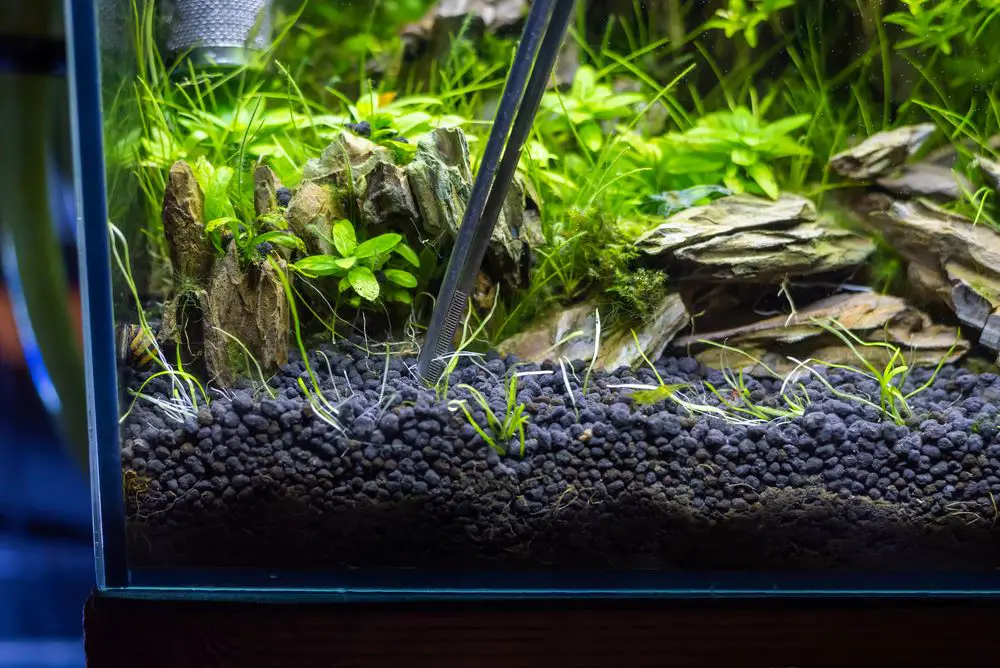
For example, in a caridina tank with active soil , a large water change might disrupt the delicate balance, leading to stress or loss of shrimp. That’s why many shrimp keepers, especially those dealing with more sensitive species like caridina, opt for smaller, more frequent water changes. This approach helps maintain stability in the tank, ensuring that the water parameters remain within the desired range.
, a large water change might disrupt the delicate balance, leading to stress or loss of shrimp. That’s why many shrimp keepers, especially those dealing with more sensitive species like caridina, opt for smaller, more frequent water changes. This approach helps maintain stability in the tank, ensuring that the water parameters remain within the desired range.
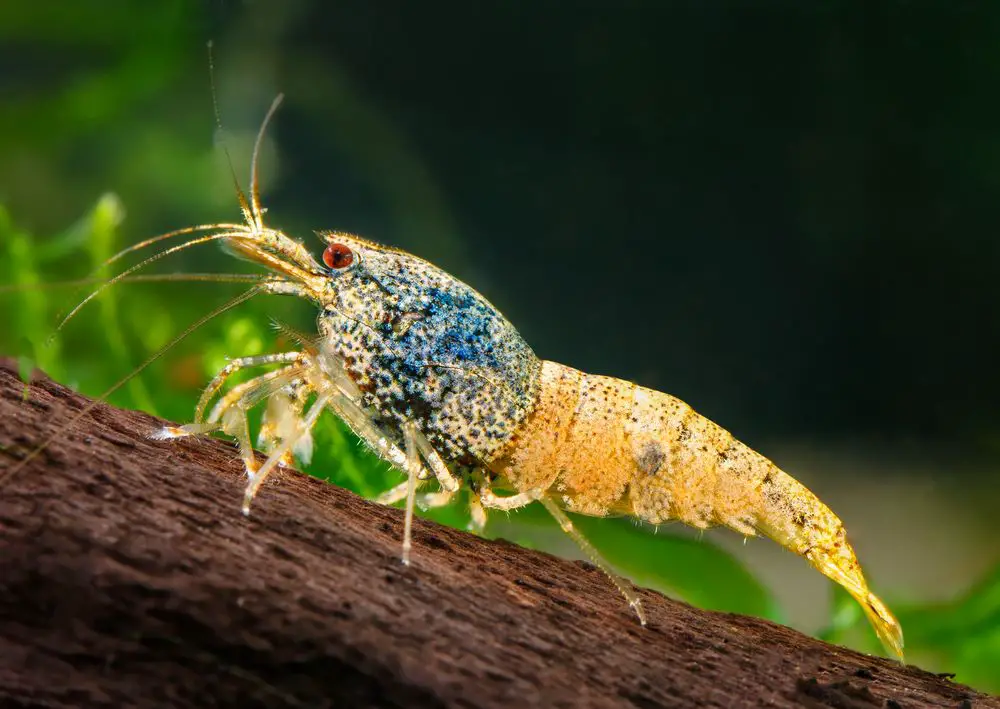
The type of shrimp also plays a role in how they respond to large water changes. Neocaridina shrimp, known for their hardiness, might tolerate larger water changes better than more delicate species. The water source, treatment methods, and even the time taken to perform the change can all influence how the shrimp react.
The effect of large water changes on different types of shrimp tanks is a complex subject that requires careful consideration of the tank’s setup, the shrimp species, and the water’s chemistry. Understanding these factors and tailoring the water change routine to the specific needs of the tank can help shrimp keepers maintain a healthy and thriving environment for their shrimp.

What are the risks and benefits of large water changes in shrimp tanks?
Large water changes in shrimp tanks are a subject of debate and careful consideration among shrimp keepers. While they can offer several benefits, they also come with potential risks that must be weighed.
Benefits
- Water Quality Improvement: Large water changes can significantly improve the water quality by removing waste, excess nutrients, and potential toxins. This leads to a cleaner and healthier environment for the shrimp.
- Stabilization of Parameters: By replacing a substantial portion of the tank’s water, large water changes can help stabilize certain water parameters. This can be particularly beneficial in tanks where specific parameters have drifted out of the desired range.
- Disease Prevention: Regular large water changes can aid in preventing the buildup of harmful bacteria and pathogens, reducing the risk of diseases in the shrimp population.
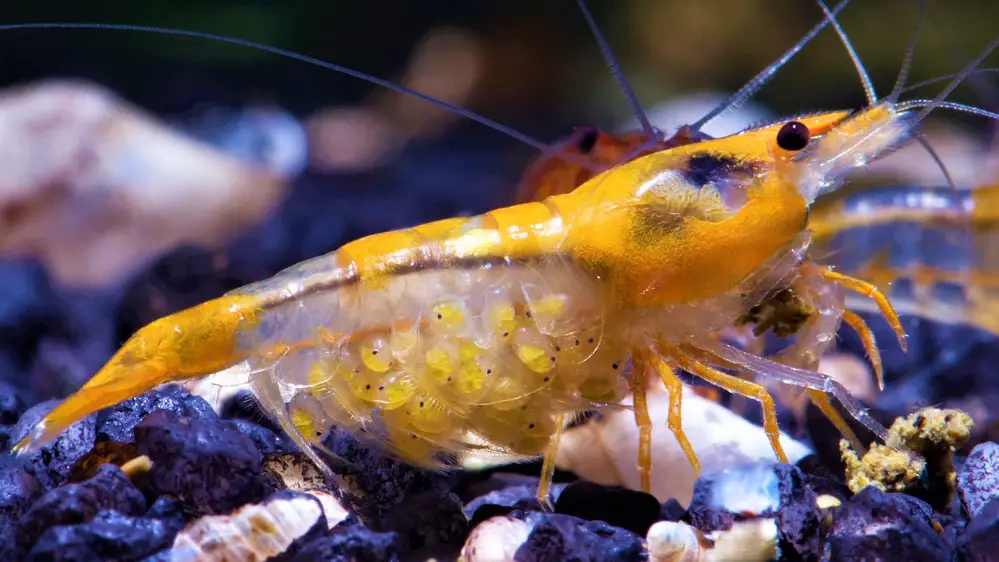
Risks
- pH Swings: As discussed earlier, large water changes in tanks with active soil can lead to sudden pH swings. These swings can stress or even kill the shrimp, especially in tanks designed to maintain a specific pH level.
- Temperature Fluctuations: If the new water’s temperature differs significantly from the tank’s water, it can cause a sudden temperature change. Shrimp are sensitive to such fluctuations, and this can lead to stress or other health issues.
- Removal of Beneficial Bacteria: Large water changes might also remove some of the beneficial bacteria that aid in breaking down waste. This can temporarily disrupt the tank’s biological balance, affecting the overall health of the system.
- Stress to Shrimp: The process of a large water change itself can be stressful to the shrimp. The sudden alteration of their environment might lead to behavioral changes and potential health problems if not done carefully.
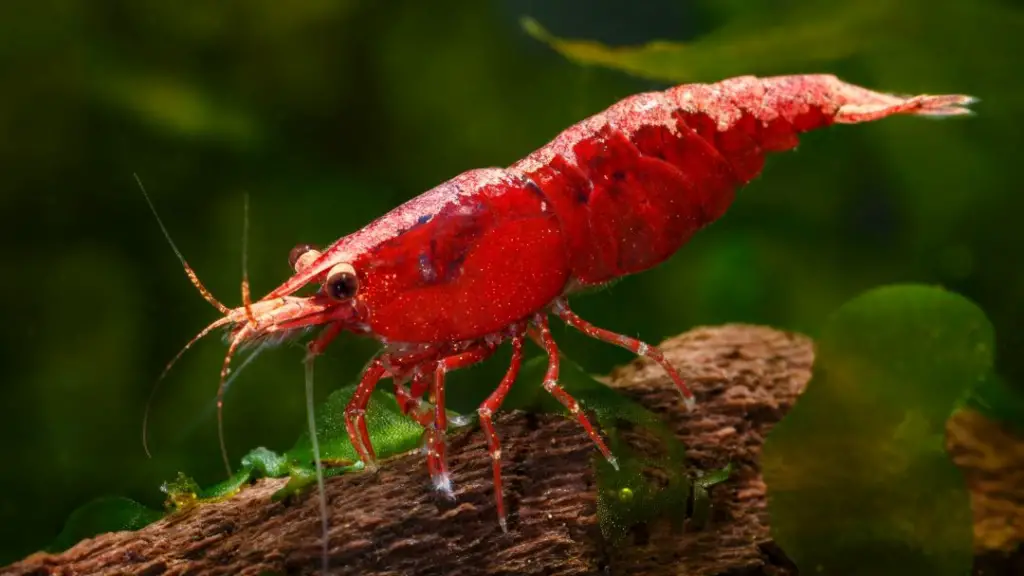
Large water changes in shrimp tanks offer both advantages and potential drawbacks. The benefits include improved water quality, stabilization of parameters, and disease prevention. However, the risks such as pH swings, temperature fluctuations, removal of beneficial bacteria, and stress to the shrimp must be carefully managed.
The decision to perform large water changes should be based on a thorough understanding of the specific tank’s needs, the shrimp species, and the potential impact on the water’s chemistry. By considering these factors and implementing proper techniques, shrimp keepers can maximize the benefits while minimizing the risks associated with large water changes.
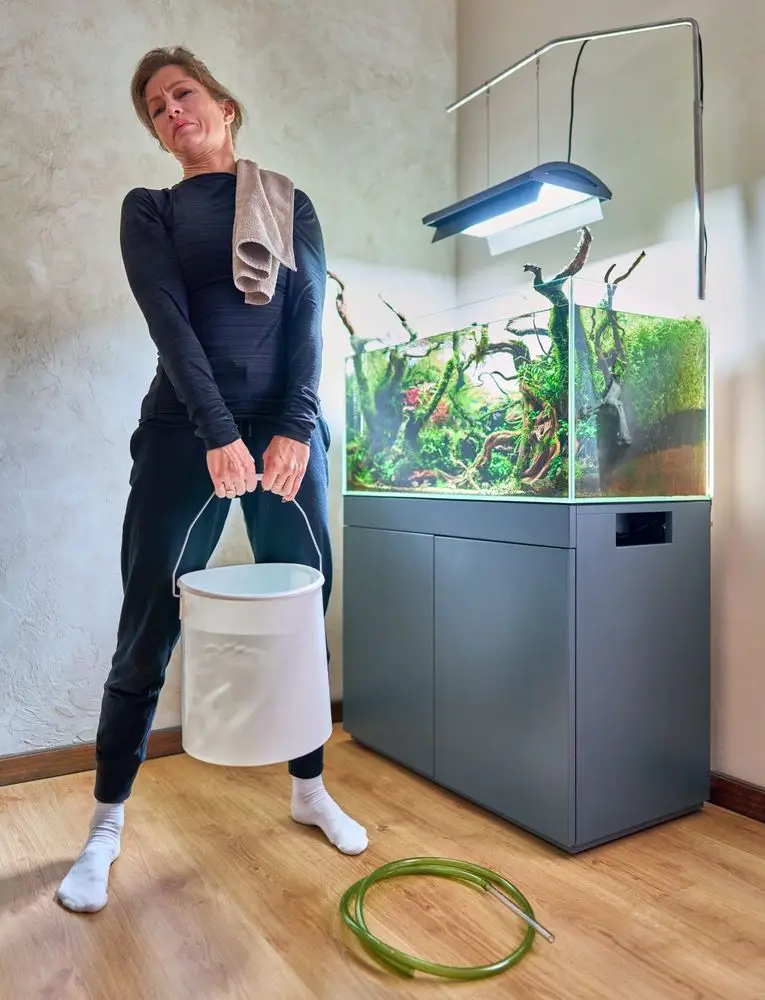
How can shrimp keepers safely perform large water changes without harming their shrimp?
Performing large water changes without harming the shrimp is a delicate task that requires attention to detail, understanding of the tank’s specific needs, and careful planning. Here’s how shrimp keepers can approach this task safely:
Preparation is Key
Before embarking on a large water change, it’s essential to understand the tank’s unique requirements. Knowing the water parameters that need to be maintained, the type of soil used, and the specific needs of the shrimp species will guide the process.
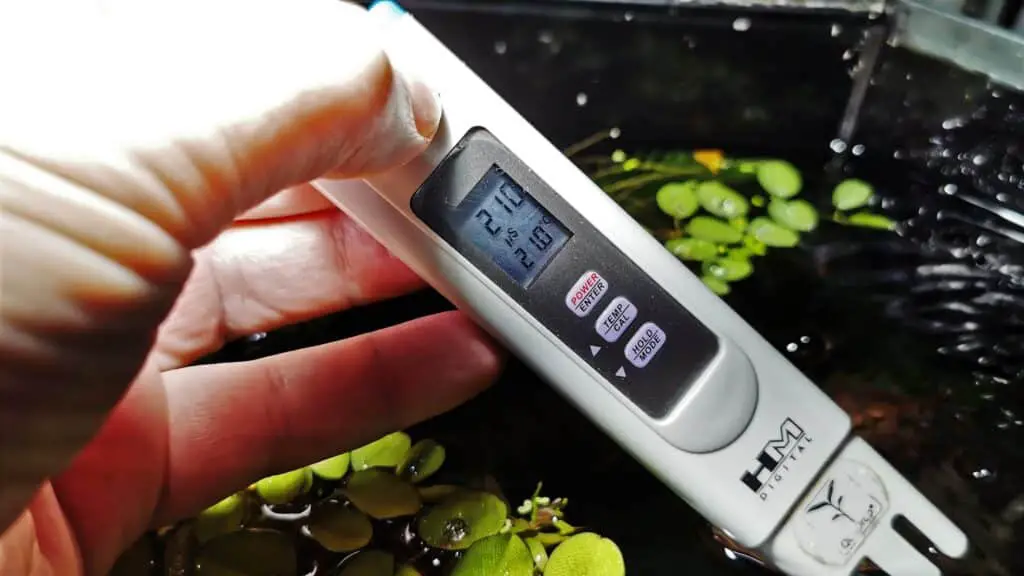
Match the Water Parameters
When introducing new water into the tank, it should closely match the existing water’s parameters, including pH, temperature, and hardness. This ensures a smooth transition and minimizes the risk of sudden changes that could stress the shrimp.
Gradual Introduction
Instead of replacing a large portion of the water all at once, consider doing it gradually. This can be done by slowly adding the new water over an extended period, allowing the shrimp to adjust to the changes. This method can help prevent sudden shocks to the system.

Monitor the Shrimp
Keep a close eye on the shrimp during and after the water change. Observing their behavior can provide valuable insights into how they are reacting to the change. Any signs of stress or discomfort should be addressed promptly.

Consider the Soil
If the tank has active soil that affects the water’s pH, be extra cautious with large water changes. In such cases, smaller, more frequent changes might be a safer approach. Understanding how the soil interacts with the water will guide the decision on how much water to change and how often.
Regular Maintenance
Regular maintenance and monitoring of the tank’s parameters can prevent the need for drastic large water changes. Keeping the tank clean, maintaining stable water parameters, and addressing issues promptly can reduce the need for large interventions.
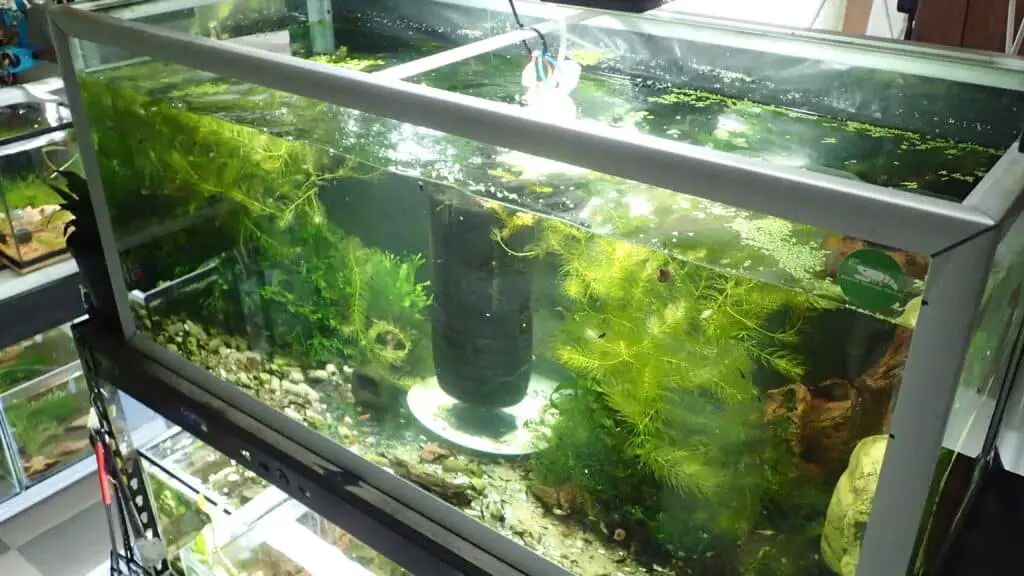
Conclusion: Do Large Water Changes Kill Shrimp?
The question of whether large water changes kill shrimp is not a straightforward one. It’s a complex issue that depends on various factors, including the type of tank setup, the shrimp species, and the specific methods used for water changes. While large water changes can offer benefits such as improved water quality and disease prevention, they also come with risks like pH swings and temperature fluctuations.
Shrimp keepers must approach large water changes with caution, understanding their specific tank’s needs, and implementing careful techniques to ensure the shrimp’s safety and well-being. By following the insights and guidance provided in this post, you can navigate the world of large water changes with confidence and success.
If you need any help or have questions about large water changes in shrimp tanks, please don’t hesitate to reach out. If you can’t find me here, check out Aquarium Shrimp Keeping on Facebook. Happy Shrimp Keeping, shrimpfam!
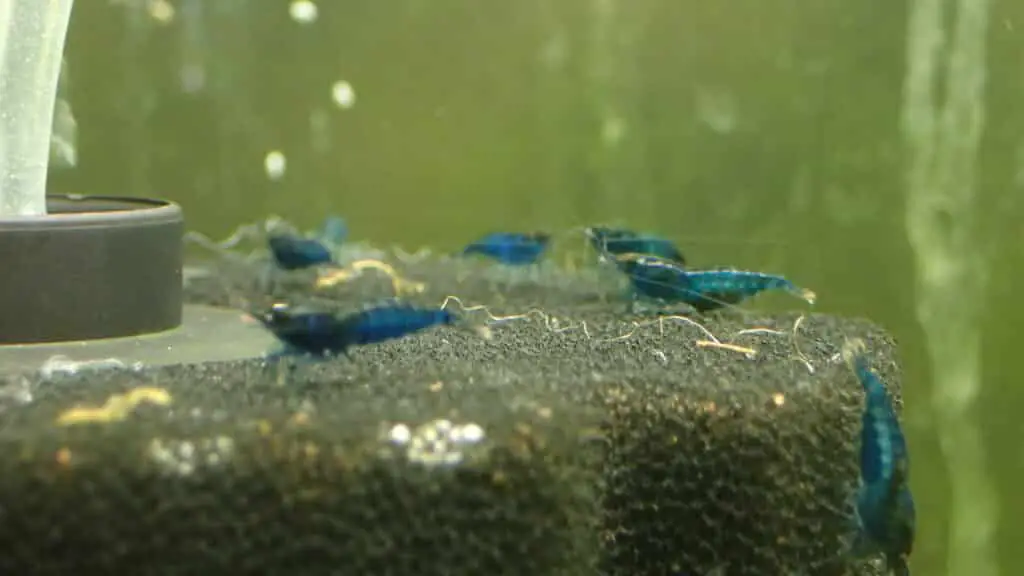
FAQ
Q. Do water changes stress shrimp?
A. Yes, water changes can stress shrimp, especially if done abruptly or without careful consideration of the water parameters. Sudden changes in pH, temperature, or other water conditions can lead to stress in shrimp. Gradual introduction of new water and close monitoring of the parameters can minimize this stress.
Q. Should you do water changes in shrimp tank?
A. Water changes are an essential part of maintaining a healthy shrimp tank. They help remove waste, excess nutrients, and potential toxins, improving the overall water quality. However, the frequency and amount of water changes should be tailored to the specific needs of the tank and the shrimp species to avoid potential risks.
Q. What causes aquarium shrimp to die?
A. Aquarium shrimp can die due to various reasons, including poor water quality, sudden changes in water parameters, diseases, inappropriate diet, or stress from environmental factors. Regular monitoring, proper care, and understanding the specific needs of the shrimp species can help prevent these issues.
Q. Do water changes cause shrimp to molt?
A. Water changes themselves do not directly cause shrimp to molt. However, a change in water parameters, such as mineral content or temperature, can trigger molting in some cases. Molting is a natural process in shrimp’s growth and development, and while water changes might coincide with molting, they are not the sole cause.
